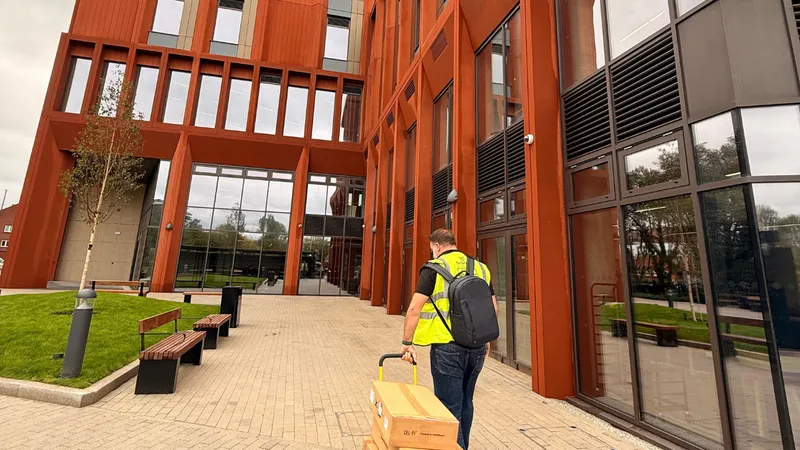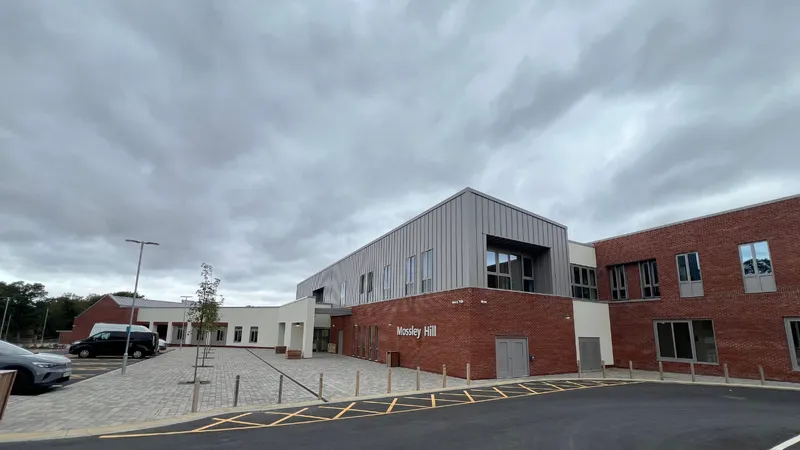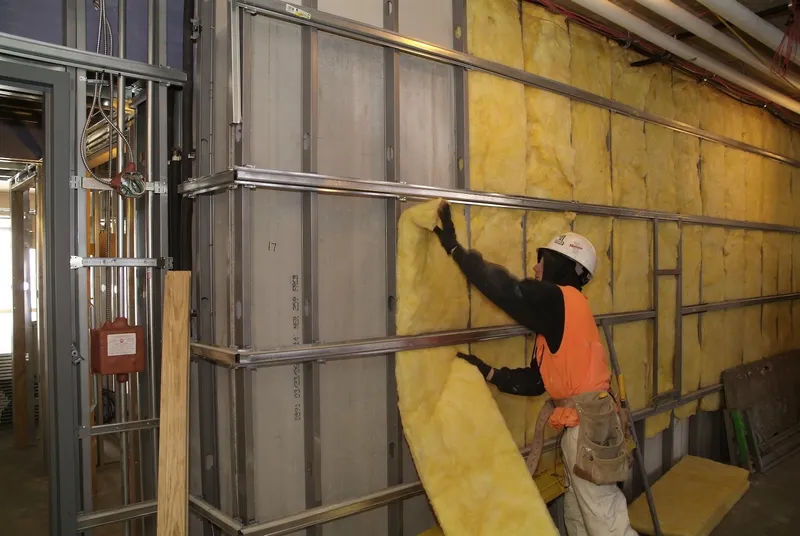The Dark Side of Dead Zones
It’s that time of year when everything seems a bit darker, and with Halloween upon us, it feels right to talk about the kinds of things that can really give people a fright... But for a lot of schools, hospitals and workplaces, the scariest thing isn’t a ghost or something lurking in the shadows, it’s the total silence when a phone signal drops out. There’s nothing dramatic about it, just real frustration when calls don’t go through and text messages disappear exactly when you need them most.
In this post, we’re looking at the real impact of mobile signal 'dead zones', the risks they bring, the hidden issues they cause, and how we can help tackle them before they turn into bigger problems.
Schools & Universities: When the Phone Goes Quiet
Imagine a lockdown alarm sounding and teachers unable to coordinate with each other, or a student injury where staff are delayed contacting emergency services. Even outside an emergency, students and lecturers can miss out if they can’t access online resources, presentations, or urgent updates from the university. Whether it’s parents waiting for reassurance or staff struggling to get through to help, a loss of mobile connectivity creates severe problems and unnecessary stress.

Hospitals & Care: Safety Hangs by a Signal
Anyone who’s worked in a hospital knows that getting a mobile signal isn’t always straightforward... Thick concrete walls, reinforced structures, and large amounts of medical equipment can block coverage across certain wards, basements, treatment areas and waiting areas. Over 80% of UK hospitals have reported problems with mobile signal inside their buildings! So it’s not unusual for staff to have to walk to a different part of the building just to make a call. In some cases, this means doctors can’t reach people quickly, nurses end up having to deliver messages in person, and access to mobile health records or urgent updates is lost. This could be solved by Wi-Fi but what happens when it drops? What's the back up plan?

Remote & Industrial Work: The Loneliest Haunting
Lone workers and construction staff often rely on mobile communication as their safety lifeline. When you're at the bottom of a car park, out on a construction site, or tucked away behind concrete and steel, your signal can evaporate. And with it, the ability to call for help if something goes wrong. One source suggests that every construction site project team will have encountered poor coverage.. So, it definitely shows there's a big problem in this industry which leaves workers in a tough spot when something goes wrong, whether it’s an accident on site, needing urgent assistance, or simply being unable to check in with colleagues.

The Hidden Horrors
A weak mobile signal comes with the following:
Legal Risk: Ofsted and the Health and Safety Executive both stress the requirement for reliable emergency communications. Not having it could raise questions after the event, usually when it's too late.
Reputation: Organisations can quickly become known for leaving customers (and their calls) “ghosted” even if it's just a couple bad reviews.
Stress and Strain: Staff and families living in signal 'dead zones' are left with worry and anxiety, about missed calls or worse, missed moments when someone really needed support or help.
A study found that 1 in 4 people in the UK have faced moments where they were unable to contact emergency services due to poor signal.
According to the latest Labour Force Survey, around 565,000 people reported suffering a non-fatal injury at work, and 123 workers lost their lives in workplace accidents last year. We can’t say for certain how often a lack of mobile signal made things worse or delayed help arriving, but these figures make it clear that workplace emergencies are far from rare.
Exorcising the Dead Zones
The good news? Dead zones aren’t as mysterious as they seem. Our site survey can pinpoint the exact spots where coverage disappears. With the right technology (like our Nextivity CEL-FI smart boosters), even the most haunted corners of a building can be brought back to life!
The best approach is to plan for good coverage right from the start. Many businesses or IT managers finish up the building and it's ready to be opened until they realise there's no mobile signal and things aren't working. So, we recommend making reliable connectivity a priority in new projects.
Banish Communication Nightmares: Free Solution Design
If your building still has “haunted” zones, or if you just want peace of mind before another emergency, we’re here to help. We offer a no-obligation, free solution design and detailed quote to keep your staff, visitors and customers connected.